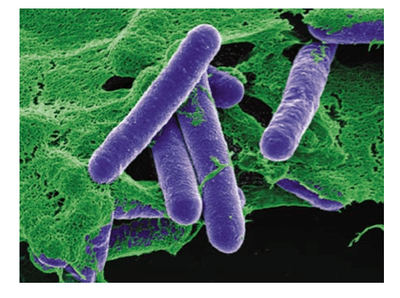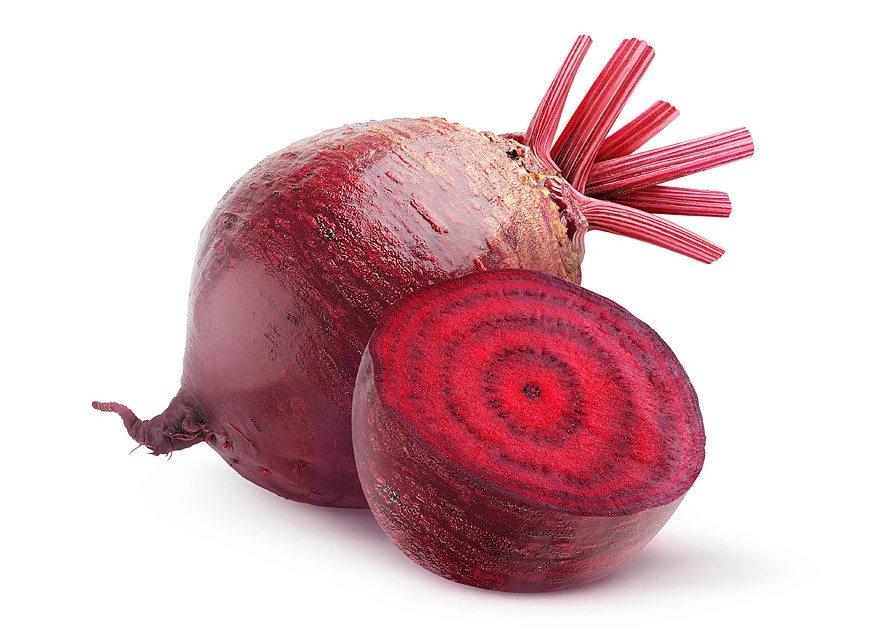Recently an article was published on this site, What is BPH about, that explained the condition of an enlarged prostate in males. This article discusses a supplement that can lead to relief from this condition. This supplement, Saw Palmetto, has additional health benefits as well. In this article, you will see what is saw palmetto about.
What is Saw Palmetto?
What is Saw Palmetto about? Saw palmetto is a species of palm used to produce a supplement packed with health benefits. The plant’s berries are regularly used in supplements to advance prostate health, equalize hormone levels, and inhibit hair loss in men.
Saw Palmetto and Prostate Health
The prostate is a gland (about the size of a walnut) situated amid the bladder and the penis in men that is responsible for maintaining sperm health. [Reference]
As the prostate increases in size, it constricts the urethra, the tube through which urine flows from the kidney. This compression can obstruct urine flow, which causes urinary frequency (especially at night), urine retention, weakened urination, pain, and possibly kidney damage.
The issues that trigger the prostate to enlarge are not completely understood. A leading theory involves activated testosterone and/or dihydrotestosterone (DHT) levels and activity in the prostate.
An enzyme 5a-reductase converts testosterone to DHT. A pharmaceutical, finasteride, treats BPH by blocking this enzymatic reaction and lowering the amount of DHT in the prostate, decreasing prostate cell division and overgrowth of the gland.
In vitro evidence confirms that saw palmetto extracts also inhibit 5a-reductase activity, though its action is about 60 times weaker than finasteride.
To more reasonably explain how saw palmetto reduces symptoms, other mechanisms of action additionally have been proposed.
It appears that saw palmetto extracts inhibit DHT from binding to cellular receptors, which would be another way to decrease DHT’s ability to make prostate cells grow. Such an effect has been verified through in vitro (laboratory) experiments.
This action benefits beyond finasteride, which has only been shown to block 5a-reductase activity and consequently lower the conversion of testosterone to DHT.
Saw palmetto additionally has revealed in vitro spasmolytic effects on muscle tissues. One impact of BPH is increased smooth-muscle tone of the urethra and other pelvic floor muscles. This increased muscle tone may contribute to urethral spasm, which would explain some BPH symptoms. It is conceivable, although unproven, that saw palmetto extracts might relax these pelvic muscles and thereby reduce BPH symptoms.
An additional hypothesis is that saw palmetto extracts decrease estrogenic action in the prostate. Estrogen adds to BPH because it boosts intracellular DHT levels by lessening its elimination. With a double-blind, placebo-controlled study, researchers at the University of Rome demonstrated that the anti-estrogenic and anti-androgenic actions exerted by saw palmetto extracts occur locally within the prostate, leaving serum levels of testosterone and estrogen unaffected.
Multiple mechanisms probably contribute to saw palmetto’s effects. For example, the herb’s anti-inflammatory properties are no doubt part of the equation. Saw palmetto extracts have been shown in vitro to restrain the assembly of inflammatory prostaglandins and leukotrienes. This effect could significantly reduce prostate inflammation and BPH symptoms since the condition is associated with non-infectious inflammation. The swelling that is a consequence of this inflammation might explain the enlargement and some BPH symptoms.
Some research proposes that saw palmetto could support prostate health and may assist in preventing issues such as BPH and prostate cancer.
According to one test-tube study, saw palmetto berry extract reduced the growth of prostate cancer cells [reference].
Another test-tube study showed that saw palmetto prevented prostate cancer cells’ spread and growth by disabling specific cancer development

receptors [reference].
Other human and animal studies reveal that it may also be efficient at minimizing urinary symptoms and inflammation related to BPH [reference, reference, reference].
To more rationally justify how saw palmetto minimizes symptoms, other mechanisms of action have additionally been proposed.
It appears that saw palmetto extracts prevent DHT from fastening to cellular receptors, which would be another way to lessen DHT’s capability to cause prostate cells to grow. Such a result has been established through in vitro experiments.
This benefit is beyond finasteride, which has only been shown to block 5a-reductase activity and thus lower the conversion of testosterone to DHT.
Saw palmetto additionally has demonstrated in vitro spasmolytic effects on muscle tissues. One impact on BPH is increased smooth-muscle tone of the urethra and other pelvic floor muscles. This increased muscle tone may add to urethral spasms, which would account for some BPH symptoms. It is possible, although unproven, that saw palmetto extracts might relax these pelvic muscles and thereby reduce BPH symptoms.
Another theory is that saw palmetto extracts lessen estrogenic activity [chemicals that mimic naturally occurring estrogens) in the prostate. Estrogen is a factor that contributes to BPH because it increases intracellular DHT levels by slowing its elimination. With a double-blind, placebo-controlled study, researchers at the University of Rome demonstrated that the anti-estrogenic and anti-androgenic actions exerted by saw palmetto extracts occur locally within the prostate, leaving serum levels of testosterone and estrogen unaffected.
Multiple mechanisms may contribute to saw palmetto’s effects. For instance, the herb’s anti-inflammatory properties are no doubt part of the equation. Saw palmetto extracts have been shown in vitro (lab tests) to inhibit the production of inflammatory prostaglandins and leukotrienes. This effect could drastically reduce prostatic inflammation and BPH symptoms since the condition is associated with non-infectious inflammation. The swelling that is a consequence of this inflammation could explain the enlargement and some BPH symptoms.
Regardless of the causes of action, many clinical trials uphold the effectiveness of saw palmetto extracts for BPH treatment. There have been

at least seven (7) randomized, double-blind, placebo-controlled experiments. All but one had positive outcomes with increasing urinary flow rate, reducing post-void residual urine volume, and lessening urinary frequency. On the other hand, none of the studies included a one-year follow-up, which is regarded as necessary to establish true efficacy.
*Considering the historical uses of saw palmetto and the current in vitro and clinical research data, the herb’s efficacy is undeniable. Although its method of action is not fully understood presently, saw palmetto extracts are undoubtedly effective at lessening BPH symptoms. The dose used in all the studies is 160 mg twice daily of the liposterolic extract, containing 85 to 95 percent free fatty acids. This concentration corresponds to a dose of 34 g of dried berries daily.
There are relatively few side effects with saw palmetto therapy. Inconsequential adverse effects such as gastrointestinal discomfort, insomnia, dizziness, headache, and myalgia have been reported. High doses can cause diarrhea. Patients with hormone-dependent cancer should schedule a consultation with their physician before taking saw palmetto.
As more information about this herb becomes known, its efficacy in other conditions will be explored.
Until then, using saw palmetto to treat BPH may be a safe and effective alternative to prescription medications and surgery for many men.
Other Health Benefits of Saw Palmetto
Prevents hair loss
Hair loss is a widespread condition that can be triggered by an assortment of factors, consisting of genetics, hormonal changes, specified medical conditions, and the use of medications, such as stimulants and blood thinners (reference).
Saw palmetto is frequently used to stabilize hormone concentrations and fight hair loss.
According to one study, saw palmetto can help block the activity of 5-alpha reductase (5α-R), an enzyme that converts testosterone into a hormone linked to hair loss called dihydrotestosterone (DHT).
It may additionally prevent hair loss by reducing DHT uptake in the hair follicles and decreasing its ability to attach to specific hormone receptors.
In another study, saw palmetto was successful at increasing hair growth in 60% of men with male pattern baldness between the ages of 23 and 64.
Another study in 62 adults showed that applying saw palmetto topically for three (3) months increased hair density by 35%.
Improves urinary tract function
Urinary tract indicators and symptoms are frequent among older men and can include issues such as incontinence and difficulty urinating (reference).
Saw palmetto may improve urinary symptoms associated with benign prostatic hyperplasia (BPH).
One 12-week study in 92 men showed that taking two capsules daily of Prostataplex, a mixture of herbal supplements that include saw palmetto, helped improve urinary tract symptoms associated with BPH (reference).
In the same way, another trial with 85 men over the age of 45 found that treatment with 160 mg of saw palmetto twice daily reduced lower urinary tract symptoms, increased urine flow, and improved overall quality of life after six (6) months (reference).
On the other hand, more research is required to verify whether saw palmetto can additionally improve urinary tract function in the general population, including those without prostate issues.
Can decrease inflammation
Saw palmetto contains the antioxidants epicatechin and methyl gallate, which decrease inflammation, prevent damage to cells, and protect against chronic disease (reference, reference)
Some studies show that saw palmetto might have anti-inflammatory properties, which can be beneficial in treating certain conditions.
For instance, one study noted that giving saw palmetto extract to mice that had enlarged prostate glands decreased swelling and several markers of inflammation, including interleukin 6 (IL-6).
Another study in obese rats with BPH found that saw palmetto effectively decreased inflammation and improved antioxidant status.
Although these results are promising, additional studies are needed to determine how saw palmetto may impact inflammation in humans.
Can help regulate testosterone levels
Saw palmetto is frequently used by men looking to increase testosterone levels naturally.
Adjusting testosterone levels can influence numerous health facets, including sex drive, mood, cognition, and body composition (reference).
Testosterone levels wane with age, and some research shows that low testosterone levels can be a factor for conditions like heart disease (reference).
Saw palmetto works by decreasing the activity of 5α-R — an enzyme liable for converting testosterone to dihydrotestosterone (DHT), another sex hormone, to help preserve testosterone levels in the body (reference).
One test-tube (Vetro) research established that the effectiveness of saw palmetto extract was comparable to finasteride in preserving testosterone levels. Finasteride is a medication used to treat hair loss and BPH by reducing the activity of 5α-R (reference).
Another study in 40 men discerned that treatment with saw palmetto decreased levels of DHT by 32% after six (6) months, indicating that saw palmetto was effective at sustaining testosterone levels (reference).
Summary
Positive research indicates that saw palmetto can assist with increasing testosterone levels, improving prostate health, reducing inflammation, preventing hair loss, and enhancing urinary tract function.
Saw Palmetto can have a positive effect on maintaining good male health.
Availability and dosage recommendations
Where to buy Saw Palmetto
Saw palmetto is extensively available [paid link] in supplement form, making it vastly easy to add to a daily routine.

It is available in tablet, soft gel, and capsule form and is frequently combined with other ingredients that assist with enhancing prostate health, such as pumpkin seed extract (reference).
Less frequently, it may also be found in dried, liquid extract, ground, or powdered tea form.
Dosage
As for dosage, the majority of research conducted uses saw palmetto in dosages of 320 mg per day, usually divided into two doses.
It is recommended to ingest saw palmetto with food to minimize digestive issues and prevent adverse side effects.
Questions, comments, concerns, and experiences with Saw Palmetto are welcomed below.
Good Health!





 pigments that can help lower blood pressure and improve athletic execution.
pigments that can help lower blood pressure and improve athletic execution.